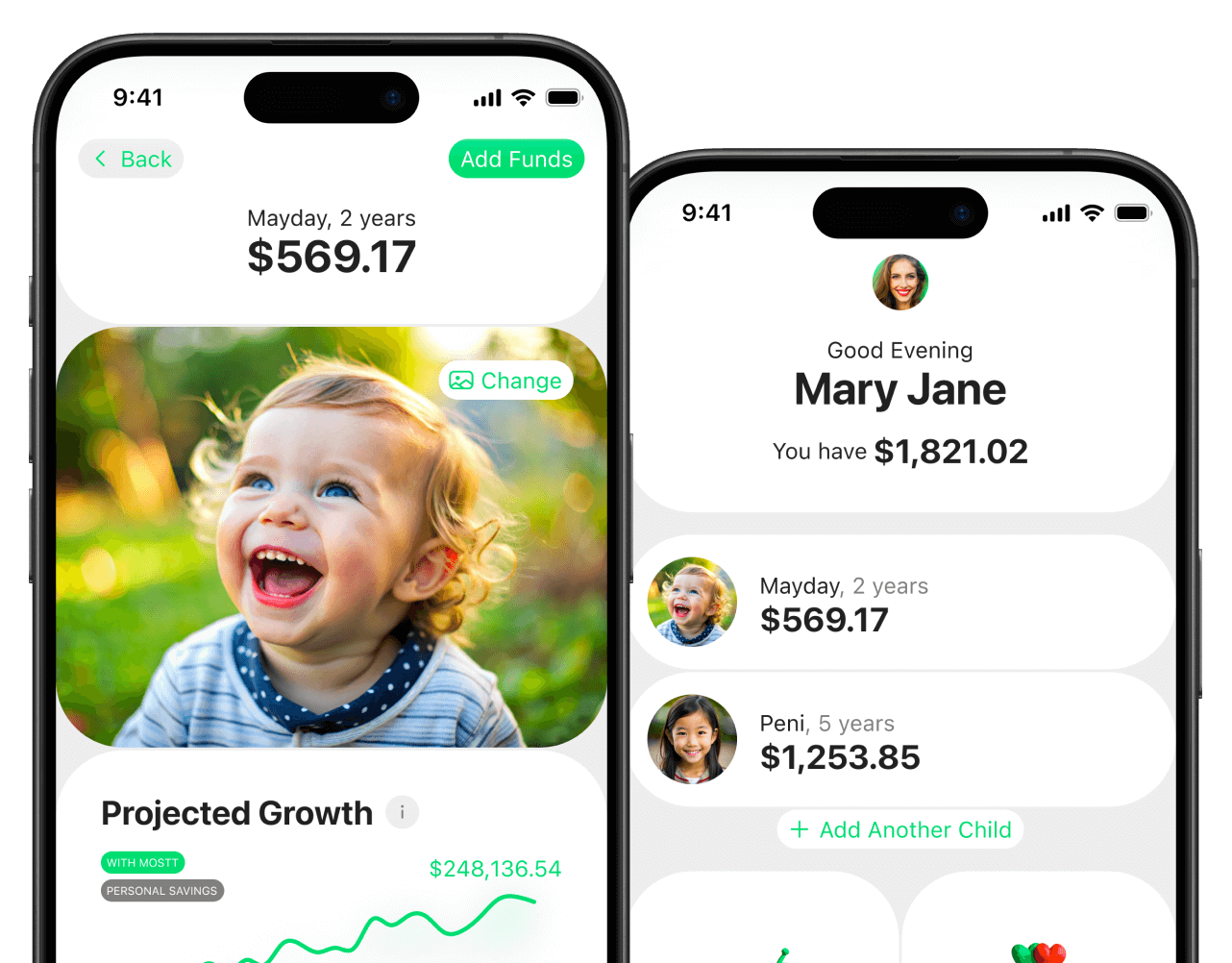Imagine this: You’re on a family road trip. The kids are in the backseat with juice boxes and playlists queued up. You’re halfway to Grandma’s when boom — a tire blows out. You’re stranded, it’s hot, and suddenly you’re calling roadside assistance, doing math in your head, and praying the tow doesn’t cost more than your weekend budget.
This is exactly why emergency funds exist. And if you’re raising a family, having one isn’t optional—it’s essential.
The good news? You don’t need to be a financial wizard to build an emergency fund. In fact, it’s something your kids can understand, too. That’s what this guide is all about: making “rainy day” money simple, practical, and part of your family’s lifestyle.
Why Every Family Needs an Emergency Fund
Emergencies are like toddlers—unpredictable and often messy. A job loss, a surprise medical bill, a major car repair—they never arrive on schedule, and they never ask if now’s a good time.
According to a 2023 survey by Bankrate, nearly 57% of Americans couldn’t cover a $1,000 emergency without turning to debt. That means most families are just one unexpected expense away from financial stress.
But when you have an emergency fund, you’re not just preparing for bad news. You’re creating peace of mind. You can focus on your kids instead of spiraling into panic. You can keep the lights on, gas in the car, and food in the fridge—no matter what.
It also means you avoid derailing your long-term goals. Instead of pulling from your child’s college savings or racking up credit card debt, you have a buffer. You stay in control.
How Much Should You Save?
The typical advice is to aim for 3 to 6 months of living expenses, but if that feels overwhelming, start small. You don’t have to climb the mountain in one day—you just have to take the first step.
Here’s a family-friendly breakdown:
-
Starter Fund ($500–$1,000): This is your fast-track emergency buffer. Think of it as your first line of defense against surprise expenses. Need to fix a tire? Pay an unexpected co-pay? This fund keeps the small stuff from becoming a big deal.
-
Baseline Fund (1 Month of Expenses): Once you hit $1,000, build toward covering one full month of living costs—mortgage or rent, groceries, utilities, gas, and insurance. If someone in your household loses their job or needs time off, this fund gives you breathing room.
-
Comfort Fund (3–6 Months of Expenses): This is your gold standard. If your income is irregular, you’re self-employed, or you want to be ready for bigger life disruptions, this amount helps your family weather the storm without scrambling.
To calculate your family’s target, take stock of your monthly spending. Use a budgeting calculator to get a clear picture. Multiply that by three or six, depending on your goals.
Where to Keep Your Emergency Fund
You want your emergency fund to be easily accessible—but not too accessible. Think: “break glass in case of emergency,” not “tap for takeout.”
Best options include:
-
High-Yield Savings Account: These accounts are ideal because they earn interest and are federally insured (FDIC or NCUA). They’re easy to access but not connected to your debit card, so you’re less tempted to dip in.
-
Money Market Account: These often come with check-writing privileges and a debit card. They may require a higher balance but can be a solid option for families with more savings.
-
Cash at Home (Small Stash): Keep a small amount—maybe $100–$200—in a safe spot at home. If your power goes out or your bank app fails, you still have money for gas, groceries, or emergencies.
Avoid:
-
Investing your emergency fund in the stock market. If you need the money during a market downturn, you could end up withdrawing at a loss.
-
Storing too much in checking. It’s too easy to spend without realizing it.
Separate your emergency fund from your everyday finances so it stays sacred.
Get the Kids Involved: “Family Rainy Day Jar”
One of the best ways to normalize saving is to make it visual and involve the whole family.
Start a Rainy Day Jar at home. Here’s how:
-
Label a clear jar and keep it on a shelf or counter where your kids can see it.
-
Encourage them to contribute spare change or part of their allowance.
-
Celebrate savings milestones: first $10, first $50, first $100.
-
Use age-appropriate stories or examples: “This jar helps us fix things if they break. Like when our washing machine stopped working—we had money saved so we didn’t have to worry.”
By giving your kids hands-on experience, you turn saving from a vague concept into a habit they understand. They learn that money has a purpose and that planning ahead is a family value.
For older kids, show them how the digital version works. Log into your savings account together and let them see the balance grow.
How to Build It—Even on a Tight Budget
Think you don’t have enough to save? Most families do. It’s just hiding in plain sight. You don’t need big chunks—you need small steps, taken consistently.
Here are some strategies:
-
Automate $10/week. Set up an automatic transfer from checking to savings. You won’t miss $10, but you’ll have over $500 in a year.
-
Redirect windfalls. Got a tax refund? Birthday money from Grandma? Rebate from the electric company? Even putting away half of any unexpected money goes a long way.
-
Cut one thing. Maybe it’s one fewer takeout night per month. Or canceling a subscription you barely use. Redirect that money into your fund.
-
Use round-up tools. Some banking and savings apps (like the Mostt App) let you round up every purchase to the nearest dollar and stash the difference in savings.
-
Side hustle with purpose. If you sell used clothes, offer tutoring, or drive for a delivery service, consider setting aside a portion of that income for emergencies.
The key isn’t how much you save—it’s that you keep saving. Consistency wins.
When (and When Not) to Use It
This is one of the most important conversations to have with your kids (and yourself). Your emergency fund is not for shopping splurges or vacation upgrades.
Use it when:
-
Your car breaks down and you need it to get to work.
-
A family member has a medical emergency.
-
You lose your job or income is delayed.
-
Your home has urgent repairs (leaky roof, broken furnace).
Don’t use it when:
-
There’s a great sale on a big-screen TV.
-
You want to go on vacation but didn’t plan for it.
-
You want to buy holiday gifts.
Teach your kids how to identify a true emergency. When they hear you say, “Let’s check our emergency fund,” and then see you decide to wait, they learn to prioritize needs over wants.
If you do use your emergency fund, make a plan to replenish it as soon as possible. Don’t wait. The next emergency won’t send a calendar invite.
Make It a Family Value
Kids notice everything—especially how we handle money. If you panic every time something goes wrong, they will too. But if you show calm, prepared action, they’ll learn that mindset.
Talk about your emergency fund as part of family life:
“We save money every month in case something unexpected happens. That way, we don’t have to worry—we’re ready.”
Repetition builds confidence. Confidence builds resilience.
Set regular check-ins: Once a month, look at your emergency fund and talk about it with your kids. Celebrate progress. Remind everyone what you’re building.
This becomes part of your family’s legacy: kids who know how to prepare, stay calm under pressure, and avoid unnecessary debt.
Final Thought: It’s Not About the Money. It’s About the Mission.
Parents are planners. You plan snacks, outfits, weekend trips, bedtime routines, and birthday parties. An emergency fund is just one more plan—but it might be the most important one.
When emergencies hit, your kids will look to you for guidance. Having money set aside tells them: We’re safe. We’re prepared. We can handle this.
Start small. Start today. Even $10 is enough to begin. And if you want a little help along the way, Mostt makes it easy to automate your savings, set goals, and feel proud every time your emergency fund grows.
Your kids are watching. Let them see what wise, steady, forward-thinking leadership looks like.
And when the next “rainy day” comes? You’ll be ready.




